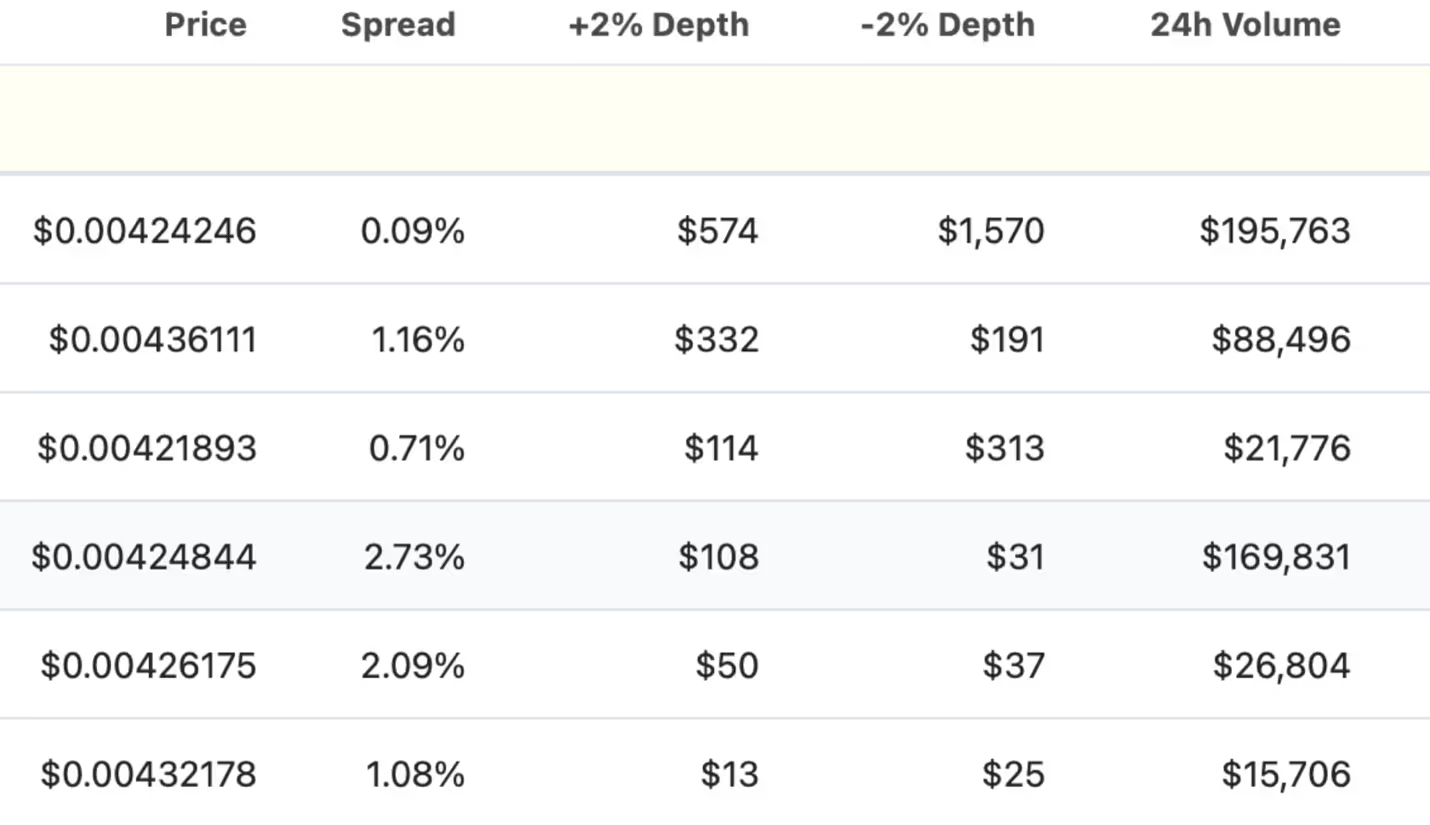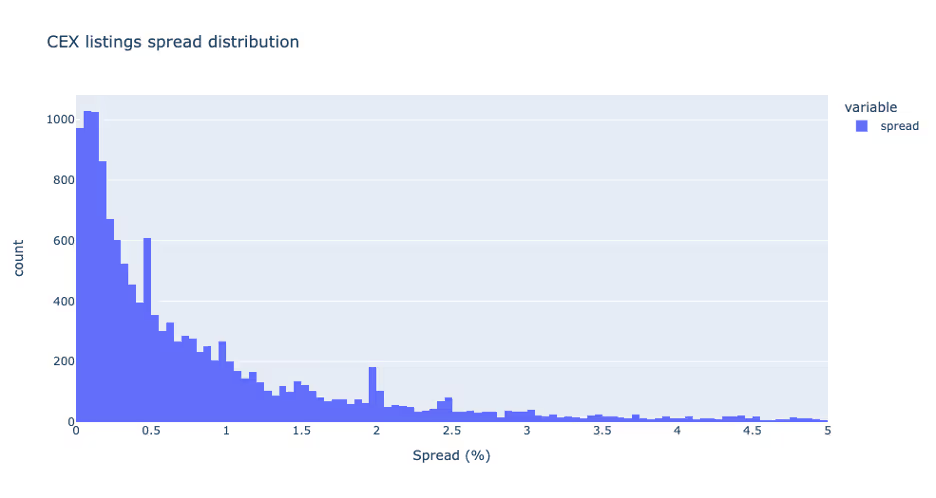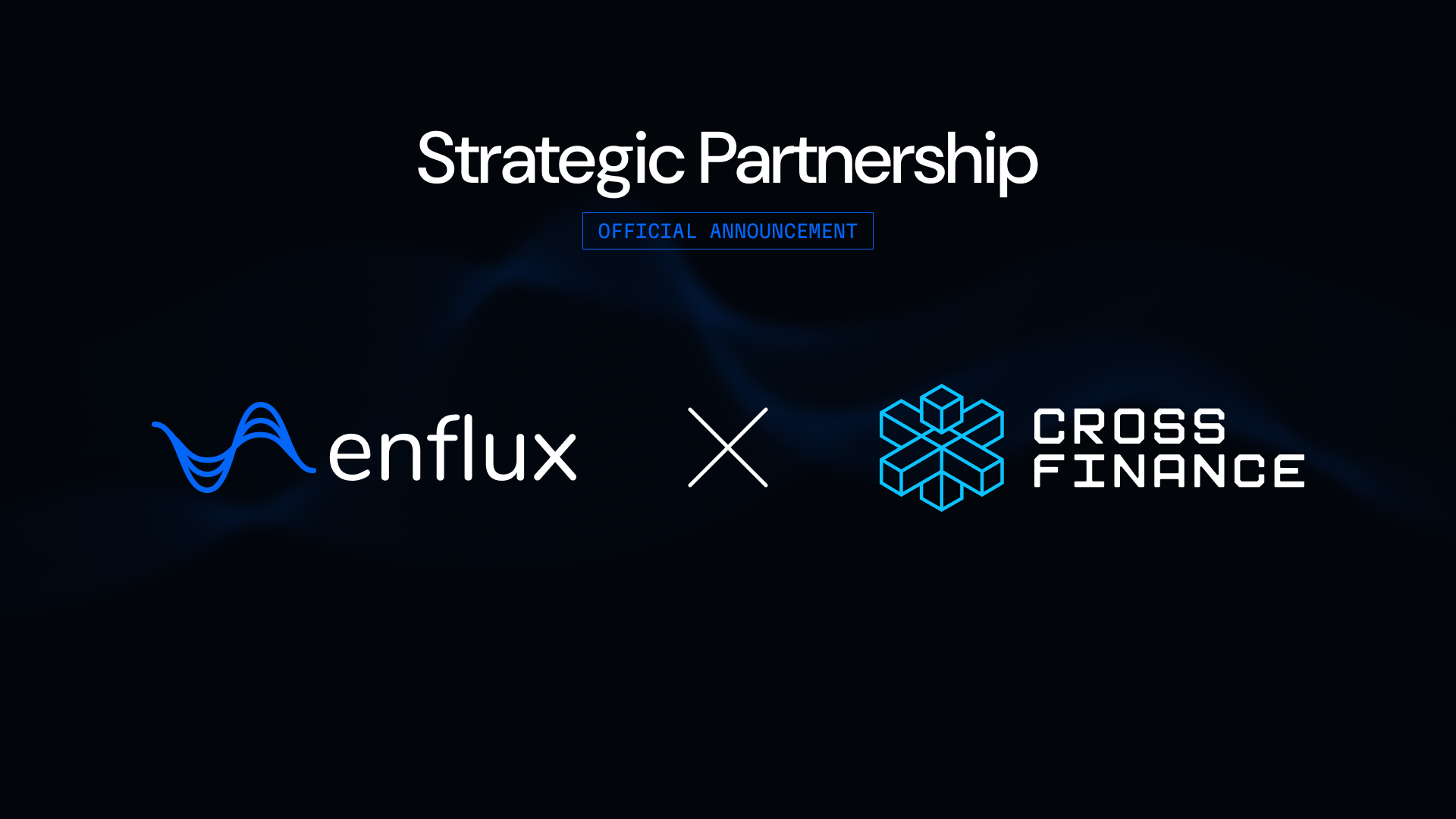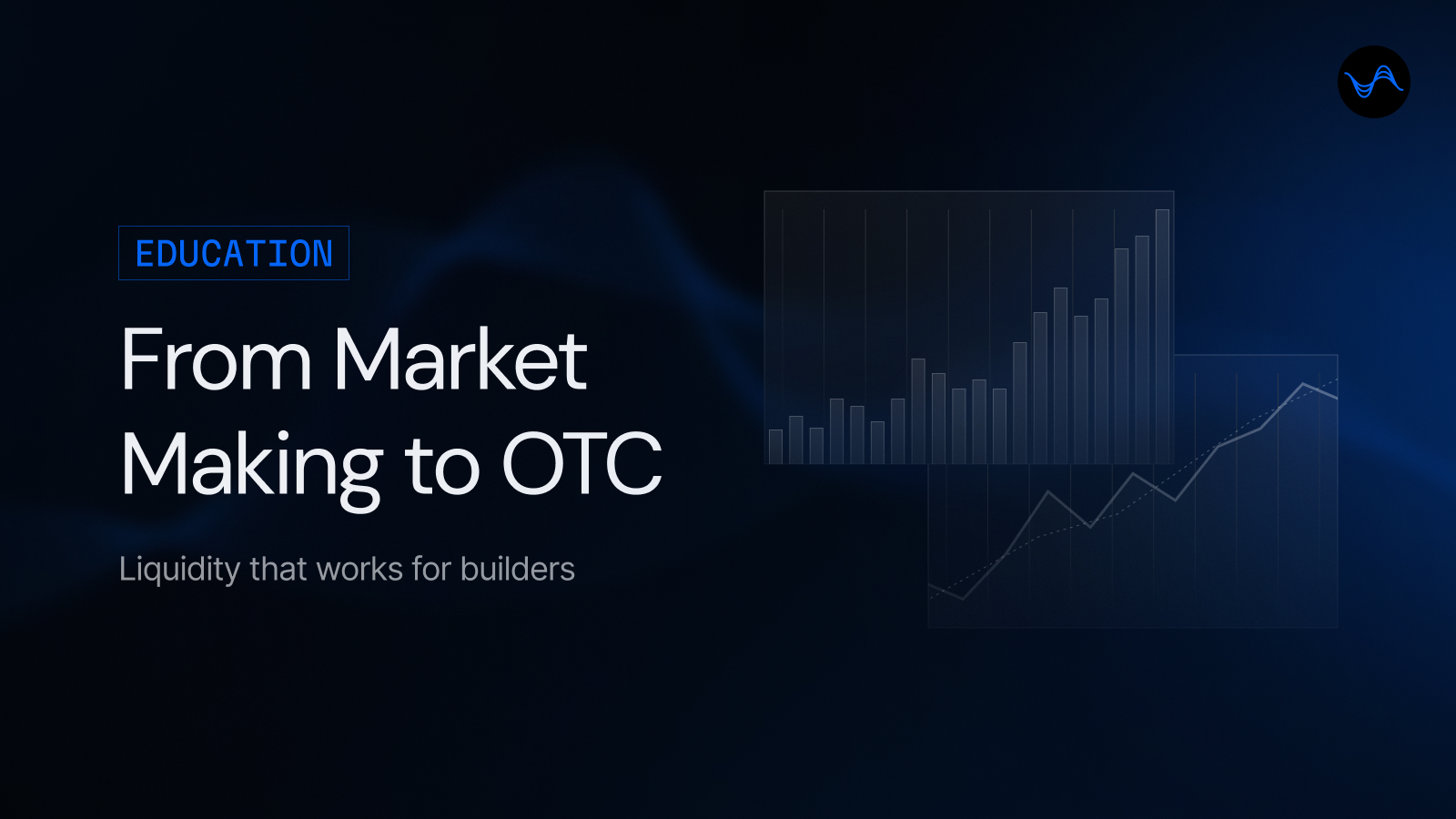An Analysis of Ineffective Exchange Listings: Why 80% of Tracked Projects Are Failing to Optimize Their Investment
A multitude of projects prioritize securing listings...


Introduction
A multitude of projects prioritize securing listings on various exchanges in order to enhance their visibility. These projects often invest substantial sums, ranging from $15,000 to $150,000, to obtain a listing.However, many fail to recognize the importance of a critical factor that can render such listings effectively "worthless" without its presence –liquidity.
Projects should contemplate pursuing a listing only if they possess not only the financial resources to cover the listing cost, but also the capacity to maintain and support the listing through adequate liquidity.
This article delves into our methodology for evaluating liquidity and highlights its significance in increasing 24-hour trading volume, facilitating adoption, and attracting investors.
Lastly, we will offer a set of potential next steps that projects may consider adopting to optimize their exchange listings.
The usual case of unhealthy markets
CryptoCurrencyAlerting provides a robust tool specifically designed to scan all new exchange listings. Over the course of recent months, we have diligently assessed the liquidity of countless projects immediately following their listing on various exchanges.
Our evaluation process begins with CoinGecko, which we leverage to obtain an essential understanding of liquidity. We closely observe the spread as well as the +/- 2% depth. In the course of our analysis, certain patterns have emerged:

One common occurrence is the presence of tokens that, despite being listed on numerous exchanges, retain liquidity on only one platform. Such tokens generally exhibit a significant spread across the majority of exchanges and demonstrate minimal bid (-2% Depth) and ask (+2%Depth) liquidity.
Additionally, we have noted that some projects report considerable 24-hour trading volumes. However, these figures often warrant scepticism as a considerable number of projects engage in wash trading practices. This strategy is used to artificially inflate their trading volume, operating under the assumption that volume is the key metric of value.
Wide Spread
Maintaining a wide spread can significantly impede a project's ability to attract investors. After conducting an extensive analysis of approximately 15,000 Centralized Exchange (CEX) coin listings, we discovered that over half of these listings suffer from poor liquidity.
In our view, it is essential for projects to maintain a spread within 0.75% for small-cap projects and 0.55% for mid-cap projects.Larger spreads indicate that both buyers and sellers are required to pay a premium exceeding 0.55% - 0.75% to engage (buy/sell) with a particular project.
While traders and investors may express interest in your project, an excessively large premium can discourage them from interacting with it.
A large number of projects are potentially missing opportunities to attract adopters and investors due to the absence of a narrow spread.

Lack of Depth (+/-2%)
The +/- 1% depth metric provides an insight into the amount of liquidity (open order volume) that exists between the mid-price and a price point 1% above or below it. Similarly, the +/- 2% depth metric offers the same insight, but within a 2% range from the mid-price. Essentially, depth serves as an indicator of the ease with which traders can transact substantial volumes of an asset.
For instance, Bitcoin boasts a +/- 2% depth exceeding 8million, signifying that traders can seamlessly transact in amounts reaching a million dollars without incurring a significant premium on top of the price.
A recent study revealed that approximately 35% of the projects listed on MEXC possess a bid or ask depth less than $1,000. We propose that small-cap projects should maintain a 2% bid/ask depth of $1,000consistently. For mid-cap projects, this threshold should be at least $2,500.
Many projects often exhibit a deficiency in depth, consequently deterring larger traders or investors from engaging with them.Since depth facilitates larger transaction volumes, enhancing depth should invariably bolster the 24-hour trading volume.
Evaluating the Value of Your Exchange Listing
The cost of securing a listing on an exchange can vary considerably. It could reach heights of $40,000 for MEXC, $100,000 for Kucoin and Gate.io, or as low as $10,000 to $15,000 for certain tier 3 exchanges.
However, liquidity is an indispensable component for any project seeking to encourage interaction. Without sufficient liquidity, characterized by a narrow spread and substantial +/- 2% depth, it becomes increasingly challenging for any party to buy or sell the token, thereby hindering the adoption of your project. In light of this, one might question the rationale behind pursuing a listing in the first place.
Virtually all successful projects leverage a market maker to provide liquidity. This liquidity not only fuels the growth of their 24-hour trading volume but also promotes adoption and attracts investors.
So, how much is an exchange listing truly worth without sufficient liquidity or a conducive trading environment (comprising a narrow spread and robust order book depth)? The answer is - likely not much.
The role of a Market-Maker
Market making is an essential function in financial markets, including cryptocurrencies. It involves continuously offering to buy and sell assets, thereby ensuring liquidity and promoting seamless trading even in volatile conditions.
We at Enflux specialize in Market Making as a Service for cryptocurrencies. By continuously quoting buy and sell prices, Enflux narrows the bid-ask spread, making transactions more cost-effective. Its role becomes especially critical in absorbing short-term market fluctuations, thereby contributing to overall market stability.
Adding to its suite of services, Enflux offers a state-of-the-art dashboard for market monitoring. This advanced tool provides real-time insights into market conditions and asset performance, fostering transparency and empowering clients to make informed decisions in the dynamic cryptocurrency market.

Charting a Path Forward
Having read this article, you have already embarked on the journey to improve your project's liquidity. To continue making progress, consider the following recommendations:
- Conduct a self-assessment of your project's liquidity using CoinGecko as a reference.
- Reevaluate your exchange listing strategy, placing greater emphasis on liquidity rather than the sheer number of exchange listings.
- Take advantage of our complimentary liquidity assessment service to obtain valuable insights.
- Consider engaging with a professional market-maker such as Enflux to provide liquidity and bolster your project's performance in the market.





